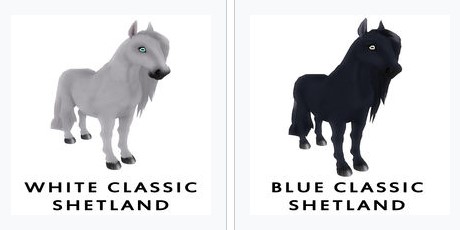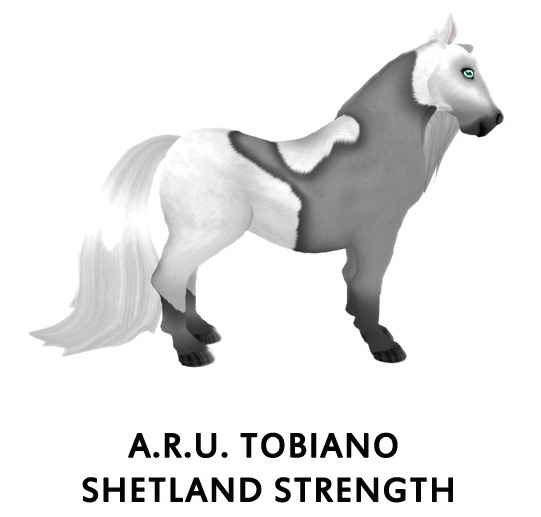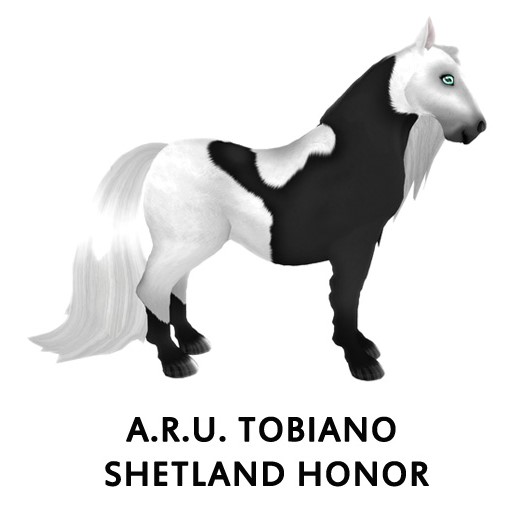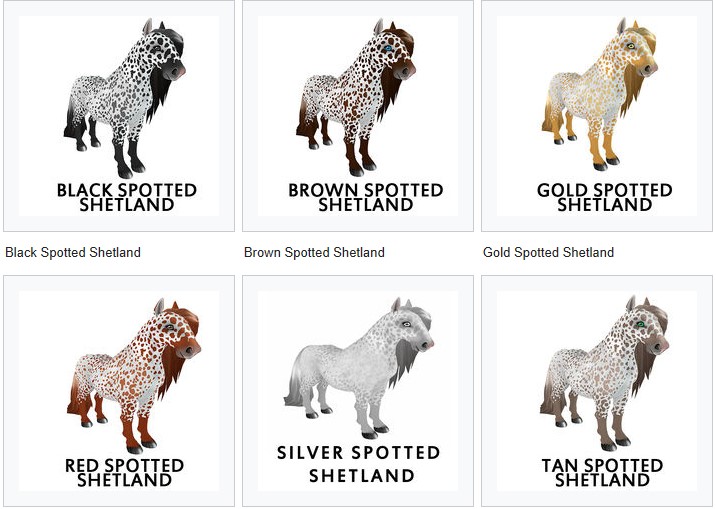Shetland ponies originated in the Shetland Isles, located northeast of mainland Scotland. Small horses have been kept on the Shetland Isles since the Bronze Age. People who lived on the islands probably later crossed the native stock with ponies imported by Norse settlers. Shetland ponies also were probably influenced by the Celtic pony, brought to the islands by settlers between 2000 and 1000 BCE. The harsh climate and scarce food developed the ponies into extremely hardy animals that are the strongest for their size of any of the horse breeds.
Shetland ponies were first used for pulling carts, carrying peat, coal and other items, and plowing farm land. Then, as the Industrial Revolution increased the need for coal in the mid-19th century, thousands of Shetland ponies travelled to mainland Britain to be pit ponies, working underground hauling coal, often for their entire (often short) lives. Coal mines in the eastern United States also imported some of these animals. The last pony mine in the United States closed in 1971.
Shetland ponies are generally gentle, good-tempered, and very intelligent by nature. They make good children’s ponies, and are sometimes noted for having a “brave” character. They can be very opinionated or “cheeky”, and can be impatient, snappy, and sometimes become uncooperative. Due in part to their intelligence and size, they are easily spoiled and can be very headstrong if not well-trained.
In April of 2011, Amaretto brought out Tobiano Shetland ponies, a two color pony with a base coat of white, that could be gotten from breeding any new starter coats.

In October 2011 came the Classic shetlands with solid color coats.


In June 27, 2014 Amaretto was pleased to present another Graduating class of Amaretto Ranch University (ARU) with special horses as graduation gifts, the Graduation Shetland Red and Black. The coats couldn’t pass but The A.R.U. Tobiano Shetland Strength and The A.R.U. Tobiano Shetland Honor came from the breeding of any 2014 A.R.U. Graduation Shetland Red or 2014 A.R.U. Graduation Shetland Black. Those shetlands COULD pass their coats.


When the version 5.0 Horse update came out on September 3, 2014 Amaretto introduced Spotted Shetlands. These little cuties look like they have measles!

Although the tobiano shetlands and classic shetlands are out to pasture, they can still be bred from existing lines, which is fantastic because they are all so darn cute!
Both comments and pings are currently closed.
 Filed Under :
Filed Under :  Dec.13,2019
Dec.13,2019